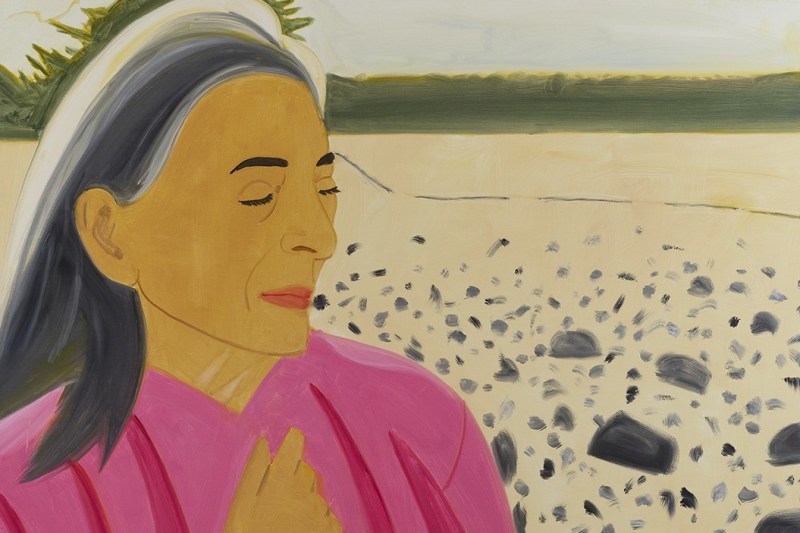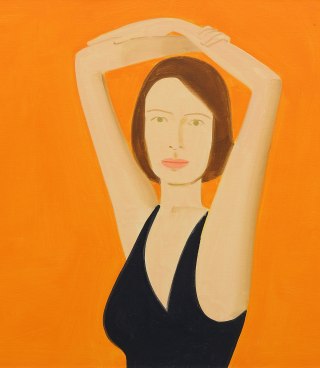Alex Katz
Timothy Taylor is pleased to present an exhibition of recent paintings by American artist Alex Katz (b. 1927). Illustrating the immense power of a craft honed for over seventy years, Katz’s tenth exhibition with the gallery represents a historic return to his most significant themes in the form of impressionistic natural landscapes and masterly depictions of his wife and lifelong muse, Ada Del Moro Katz.
After graduating from the Cooper Union in 1949, Katz spent almost ten years searching for a subject and style uniquely his own, resisting the stigma against figuration in the era of Abstract Expressionism. In 1957, he began to paint what he called ‘specific’ portraits, close-up paintings of recognisable people, blending the scale of the New York School with the social realism of Eduard Manet, the bright flatness of Matisse with the saturated color and dramatically cropped faces of American cinema. The catalyst for his new style was his first encounter with his future wife, Ada, the research biologist who would become the subject of his most celebrated paintings. Katz’s images of Ada have definitively entered the canon of twentieth-century art, and she was the subject of the 2006 exhibition Alex Katz Paints Ada at the Jewish Museum, New York.
Katz has compared Ada’s irresistible allure to Picasso’s depiction of his muse and lover Dora Maar over the course of their nine-year affair. But unlike Picasso’s tragic representations of his weeping lover, the elusiveness of Ada’s unyielding gaze continues to fascinate the artist half a century later. As the poet Frank O’Hara wrote in 1966: “The heads and figures of his wife, Ada, give this beautiful woman, through his interest in schema, a role as abstract as that of Helen of Troy; she is a presence and at the same time a pictorial conceit of style.” The current portraits of Ada are tender despite their sparse minimalism - framed in dappled twilight with a slight smile on her face, or walking on a windy beach, the silvery streaks in her dark hair caught in the fading light.
In this exhibition, Katz’s intimate depictions of Ada in the present day contrast with the meditative formalism of his landscape paintings, which bring to mind the elegiac beauty of certain Japanese landscapes of the Edo period. In particular, the slender spokes of a yellow iris bathed in hazy pink light recall Irises, a screen painting of abstracted irises drifting on water by Ogata Korin, a seventeenth-century artist associated with the Rinpa movement. The careful clarity of Katz’s method also suggests musical metaphors, as Simon Schama has written: “Katz remains famous for both the intensely painstaking quality of his preparation, and the dazzling, almost impulsive quality of the painting itself, which he himself compares to musical performance: concentrated virtuosity after lengthy and unsparing rehearsal.” While the more recent oil on linen paintings share the large size of Katz’s ecological scenes of the 1990s, Katz’s perception of light and texture has become increasingly refined over time, lending the viewer the impression of standing in a forest pierced by sunlight.





